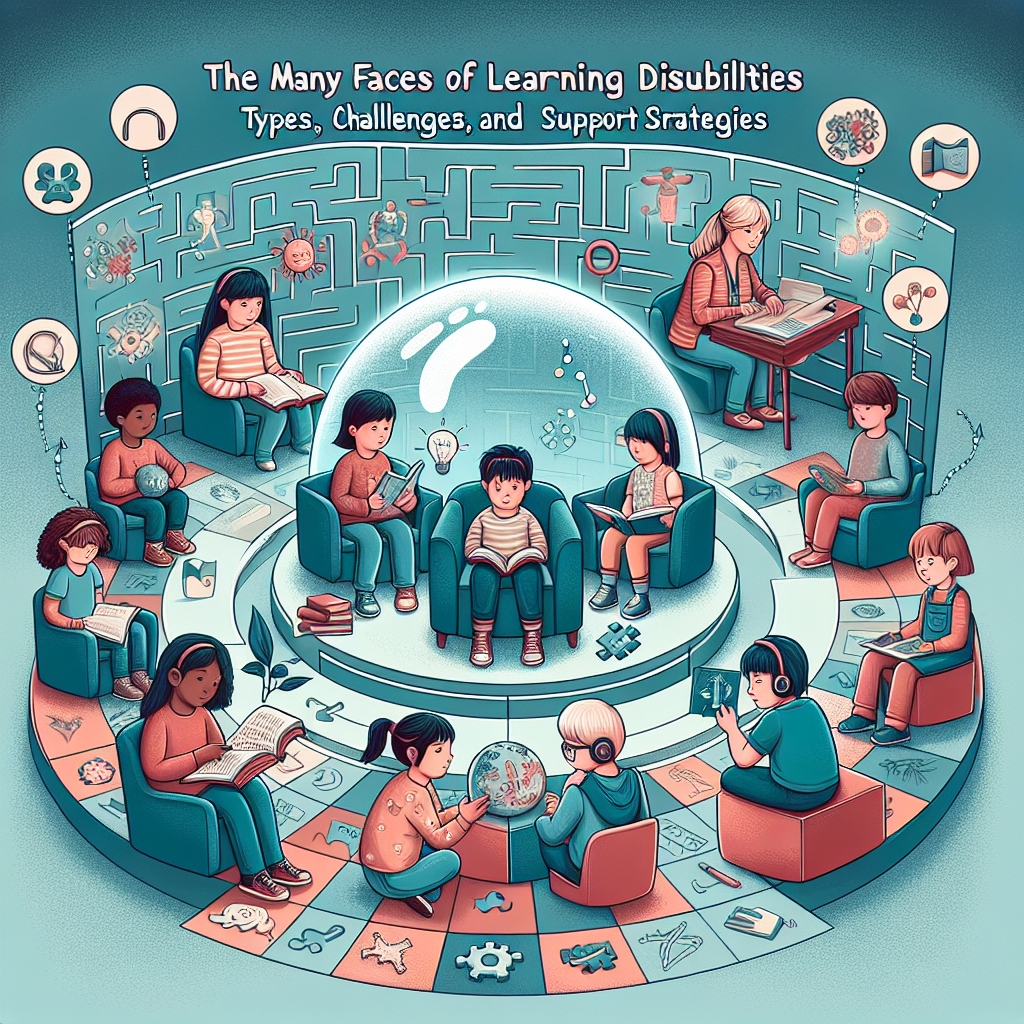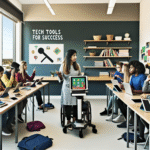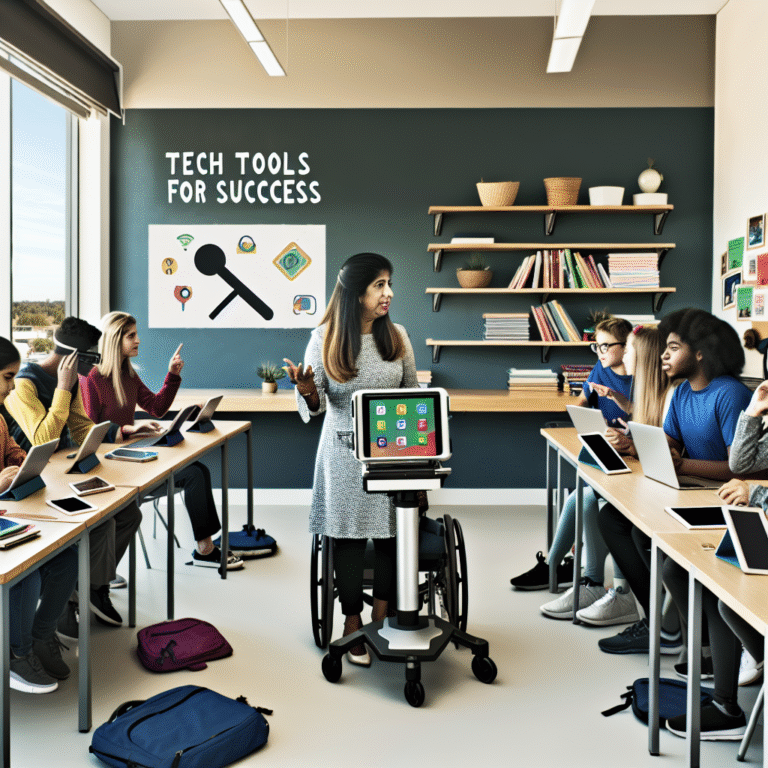
The Many Faces of Learning Disabilities: Types, Challenges, and Support Strategies
Introduction
Imagine standing in a room where everyone is speaking your favorite language, yet you find yourself lost in translation. This feeling resonates profoundly with individuals who face learning disabilities (LD). The Many Faces of Learning Disabilities: Types, Challenges, and Support Strategies is a complex topic that delves into the various dimensions of learning differences, the hurdles faced, and the proactive measures that can be taken to foster a nurturing educational environment. Understanding this multifaceted landscape can empower educators, parents, and society to create more inclusive systems that honor the unique strengths and needs of each learner.
Let’s embark on a journey through the many faces of learning disabilities, shedding light on types, the challenges they pose, and the support strategies that can transform these obstacles into opportunities.
What Are Learning Disabilities?
Learning disabilities are neurological disorders that affect how individuals receive, process, or express information. They are often characterized by difficulties in reading, writing, mathematics, or other academic skills, and can impact social interactions, emotions, and self-esteem. According to the National Center for Learning Disabilities, approximately 1 in 5 children in the U.S. experiences some form of learning disability.
Types of Learning Disabilities
Learning disabilities can manifest in various forms. Let’s explore some of the most common types:
Dyslexia:
- Characterized by challenges in reading fluency, decoding, and comprehension.
- Case Study: Emily, a fourth-grader, struggles with reading despite having above-average intelligence. Through specialized tutoring that employs multisensory techniques, she learns to decode words effectively, boosting her confidence and academic performance.
Dyscalculia:
- Linked to difficulties in understanding numbers, learning math facts, and performing mathematical operations.
- Case Study: James, a high school student, finds math problems overwhelming. With the introduction of visual aids and real-life applications of math concepts, he gradually gains proficiency and starts to enjoy math.
Dysgraphia:
- Involves challenges with handwriting, spelling, and organizing ideas on paper.
- Case Study: Sara, a fifth-grader with dysgraphia, often has messy handwriting and struggles to express her ideas. By using speech-to-text technology, she improves her writing organization and focuses on content rather than penmanship.
Auditory Processing Disorder:
- Affects the ability to understand and process auditory information, impacting listening skills and communication.
- Case Study: Chris, who has auditory processing disorder, misses vital information during discussions. By incorporating visual supports and allowing extra processing time, he becomes more engaged during lessons.
- Visual Processing Disorder:
- Impacts the ability to interpret visual information, leading to challenges in reading and math.
- Case Study: Liam struggles with distinguishing between similar-looking letters. After a vision therapy program, he learns to better recognize visual details, significantly improving his reading skills.
Challenges Faced by Individuals with Learning Disabilities
Understanding The Many Faces of Learning Disabilities: Types, Challenges, and Support Strategies involves recognizing the barriers these individuals face daily.
1. Emotional and Psychological Challenges
Individuals with learning disabilities often experience feelings of frustration, anxiety, and depression due to their academic struggles. Low self-esteem can result from repeated failures in traditional educational settings.
2. Social Challenges
Many students with LD face social isolation due to their difficulties in communication or social cues, leading to challenges in forming friendships and group interactions.
3. Educational Barriers
Standardized testing methods and traditional teaching styles may not adequately accommodate diverse learners, thus contributing to a cycle of failure and frustration.
4. Transitioning Challenges
As students with learning disabilities move to higher grades or post-secondary education, they frequently encounter new challenges without proper transition support.
Support Strategies
The Many Faces of Learning Disabilities: Types, Challenges, and Support Strategies would not be complete without effective support measures. Below are some practical strategies that can make a difference.
1. Early Diagnosis and Intervention
Identifying learning disabilities early allows interventions to be put in place. Schools and parents should collaborate to assess and tailor individual education plans (IEPs) that cater to specific needs.
2. Multi-Sensory Instruction
Using a combination of visual, auditory, and kinesthetic learning styles can significantly enhance learning outcomes. For example, a child struggling with dyslexia might benefit from phonics-based approaches that include movement.
| Learning Styles | Effective Strategies |
|---|---|
| Visual | Charts, diagrams, and graphic organizers |
| Auditory | Verbal instructions and discussions |
| Kinesthetic | Hands-on learning and movement-based activities |
3. Assistive Technology
Technology can be a game-changer for individuals with learning disabilities. Tools like speech recognition software, audiobooks, and word-processing programs can facilitate learning.
4. Social Skills Training
Implementing programs that focus on developing social skills can improve peer interactions and build self-esteem. This could include role-playing scenarios and focused group activities.
5. Parental Involvement
When parents are involved in their children’s education, it creates a supportive environment. Communication between parents and educators is crucial for implementing effective strategies.
6. Building Resilience
Encouraging a growth mindset and resilience can help students with learning disabilities overcome challenges. Celebrating small victories and emphasizing effort, rather than just outcomes, fosters determination and a positive attitude.
7. Inclusive Practices
Creating inclusive classrooms that welcome diversity can significantly impact students’ sense of belonging and self-worth. Teachers should receive training on LD to ensure they understand how to meet diverse needs effectively.
Conclusion
Exploring The Many Faces of Learning Disabilities: Types, Challenges, and Support Strategies reveals a landscape full of complex needs and experiences. By understanding the types of learning disabilities that exist, the challenges they present, and the strategies that can foster success, we can move towards a future where all learners can thrive. As educators, parents, and society at large, it is our collective responsibility to advocate for and implement the necessary structures that support every learner’s journey.
Let us commit to making each face of learning disabilities not just a challenge but a testament to resilience, strength, and potential.
FAQs
What is the difference between a learning disability and a learning difficulty?
- A learning disability is a neurological condition that affects the way a person receives, processes, or expresses information. In contrast, a learning difficulty refers to temporary issues or challenges that may not be permanent or severe.
How can I identify if my child has a learning disability?
- Look for signs such as struggles with reading, writing, or math, difficulty following directions, problems with organization, or issues with social interactions. Consult educational professionals for a formal assessment.
What role can schools play in supporting students with learning disabilities?
- Schools can provide resources like special education programs, individualized instruction, assistive technology, and mental health support. Trained staff can implement IEPs tailored to each student’s needs.
Are learning disabilities hereditary?
- Research indicates that learning disabilities can have a hereditary component, as they often run in families. However, environmental factors can also play a significant role.
Can learning disabilities be cured?
- While learning disabilities cannot be cured, with the right intervention and support strategies, individuals can learn to cope and thrive. Many learn to leverage their strengths effectively.
- What resources are available for families of children with learning disabilities?
- Numerous resources exist, including special education advocacy organizations, online support groups, and educational websites. Parents can also explore local community support and counseling services.
By addressing both the challenges and the effective support strategies, we move closer to understanding and advocating for those navigating the many faces of learning disabilities. Your journey in knowledge can help transform lives.









